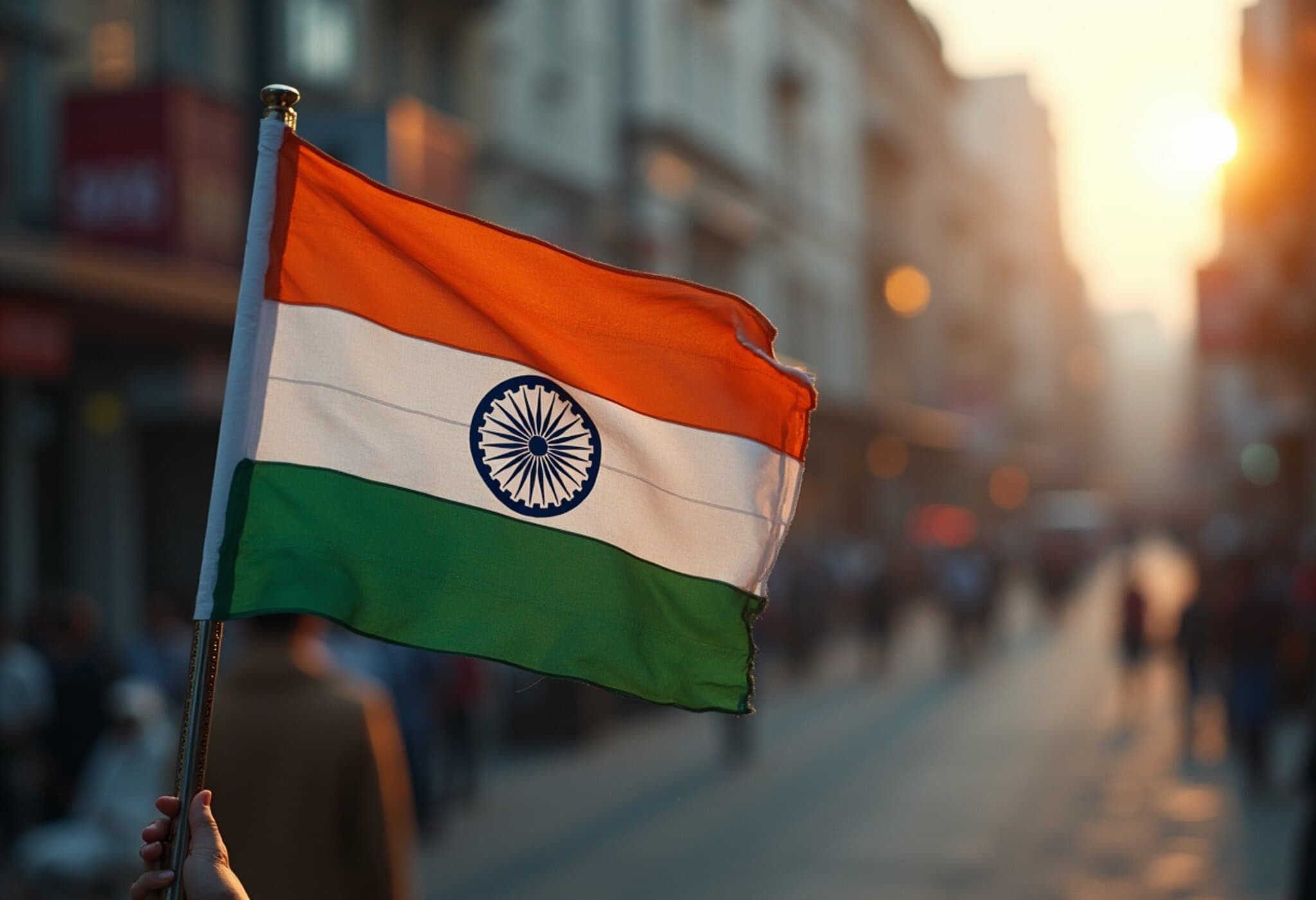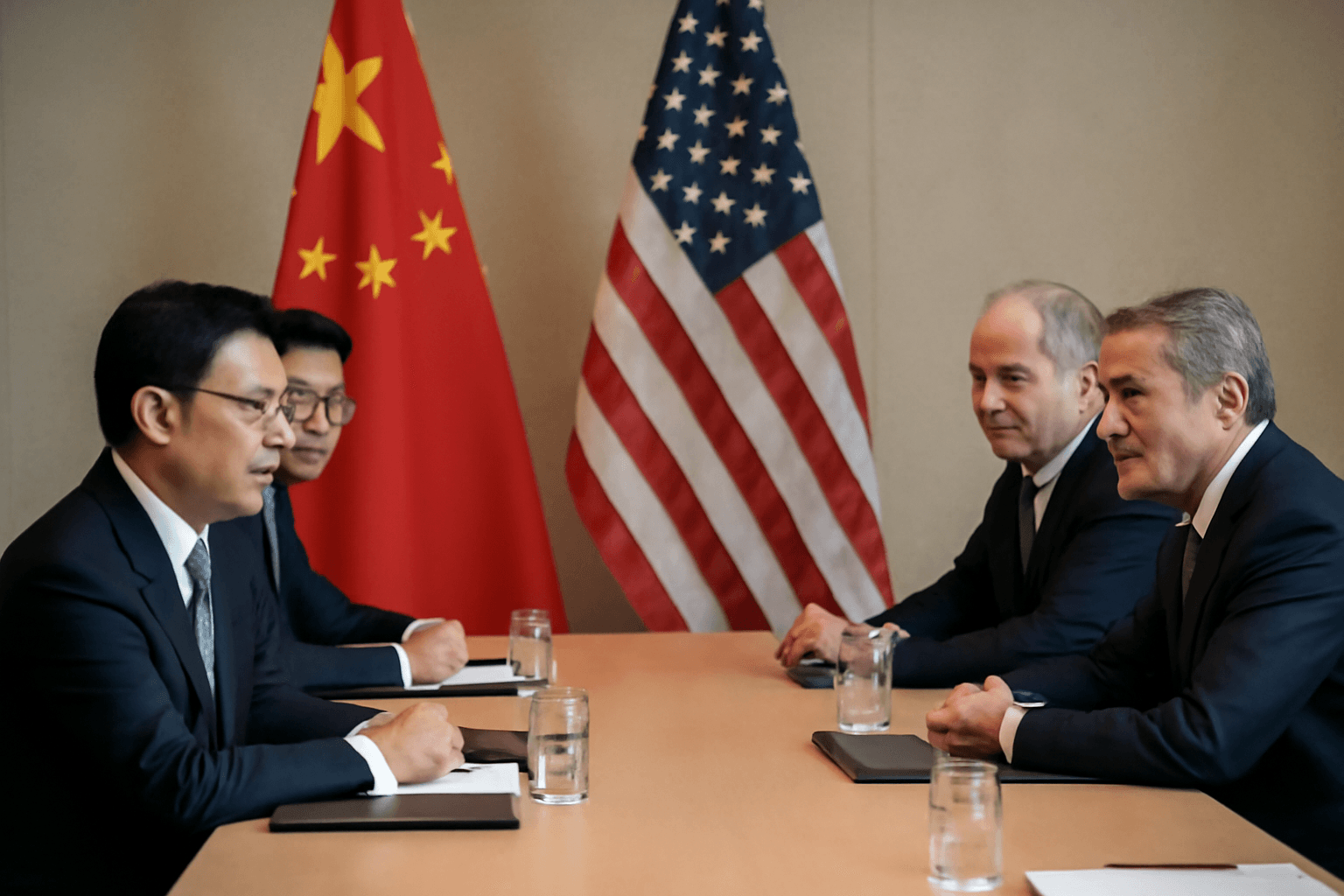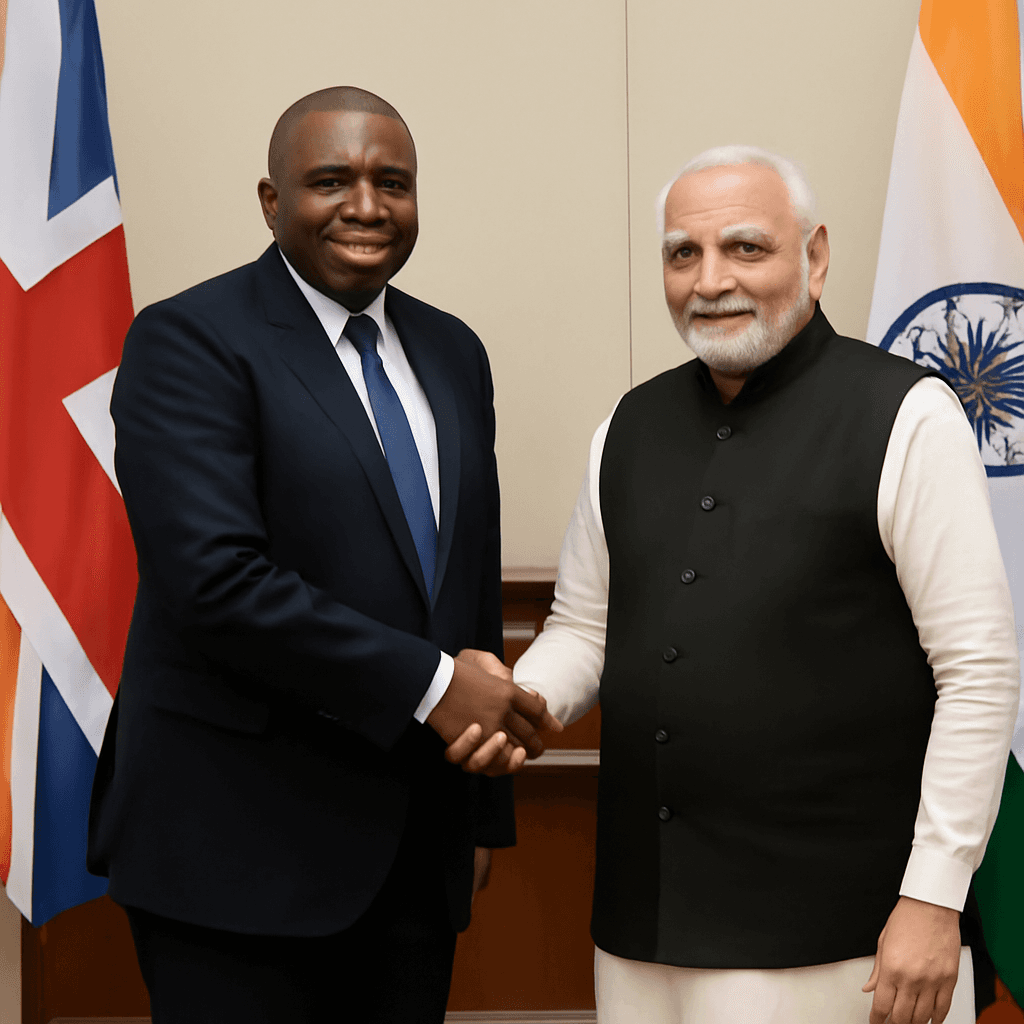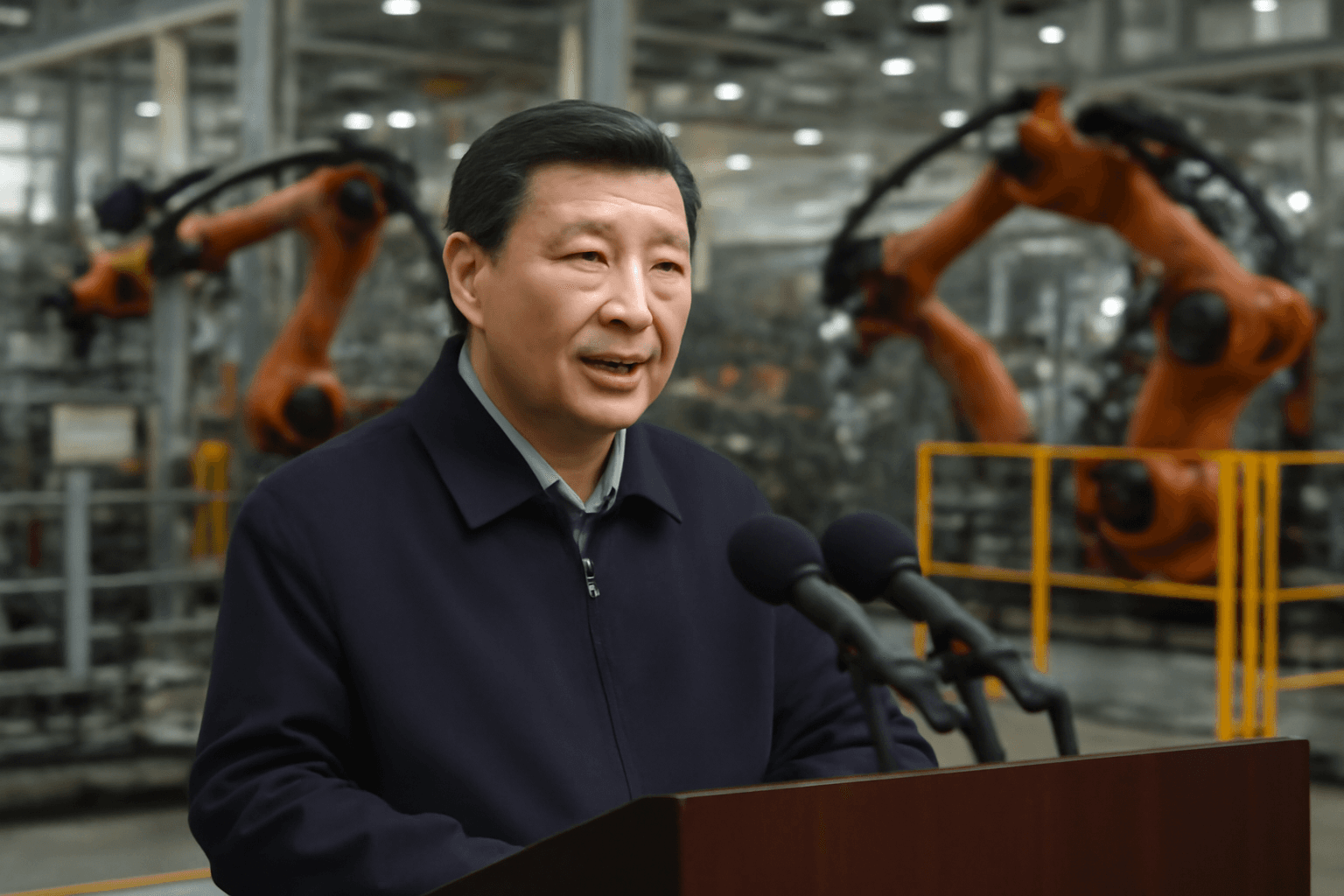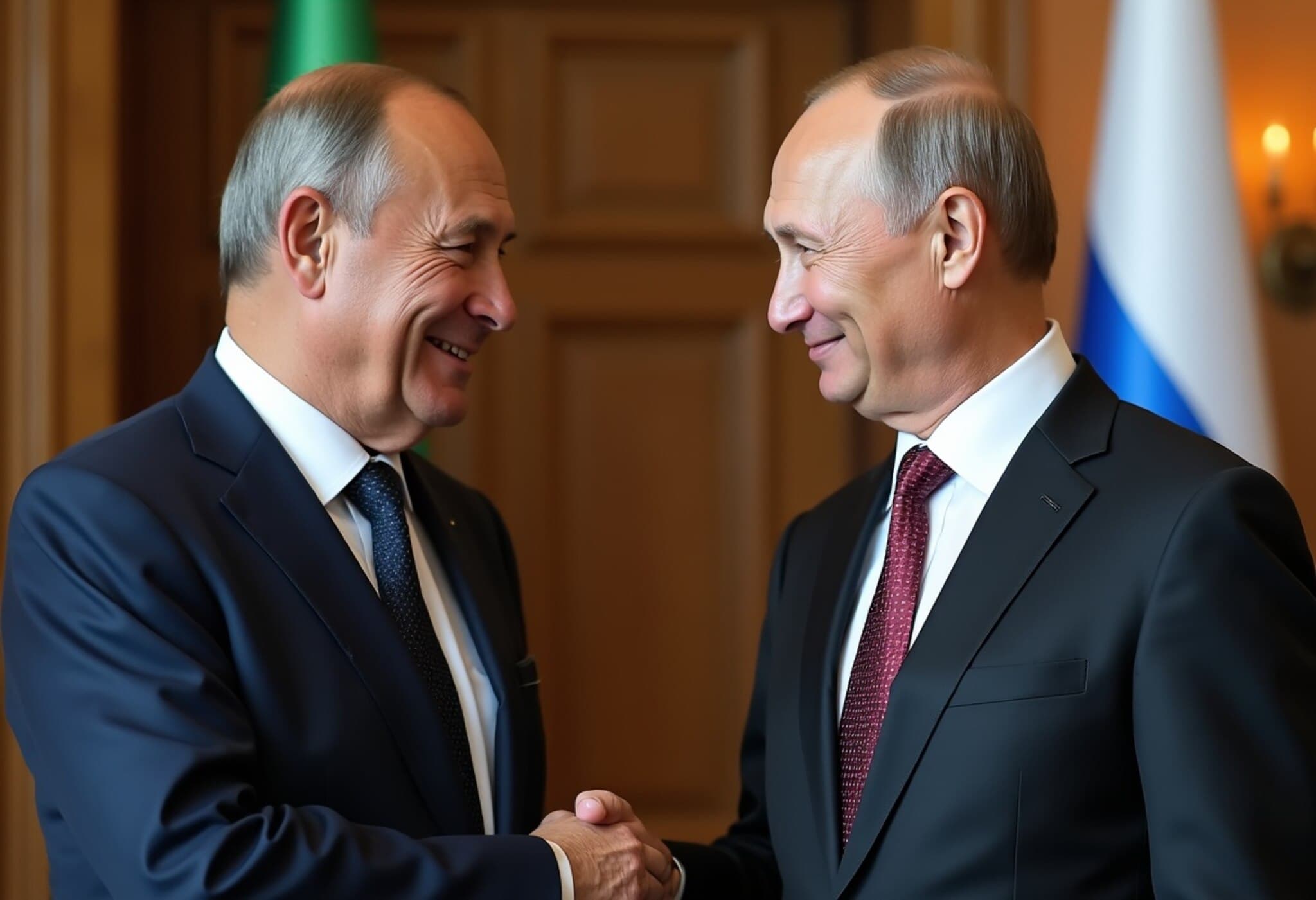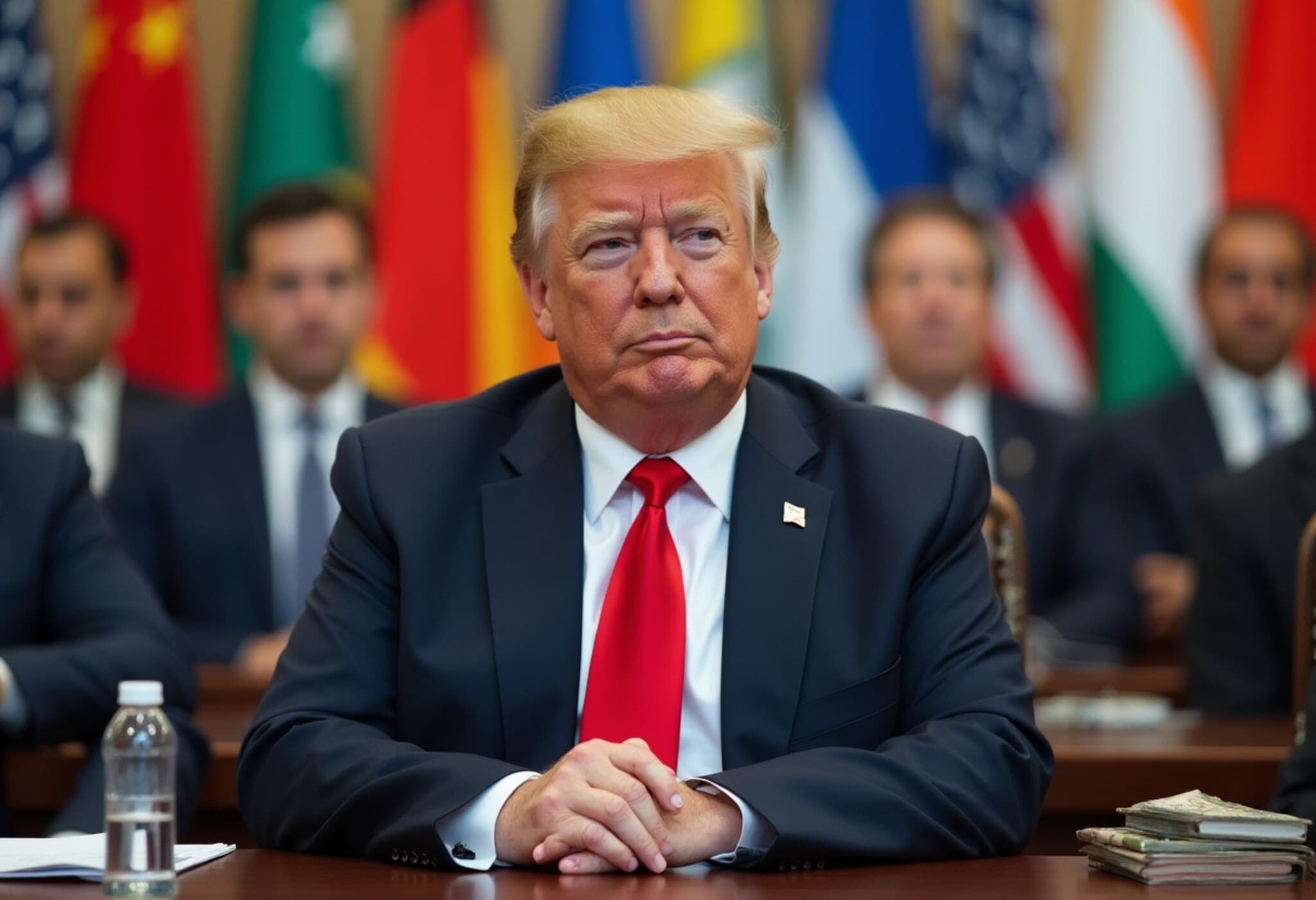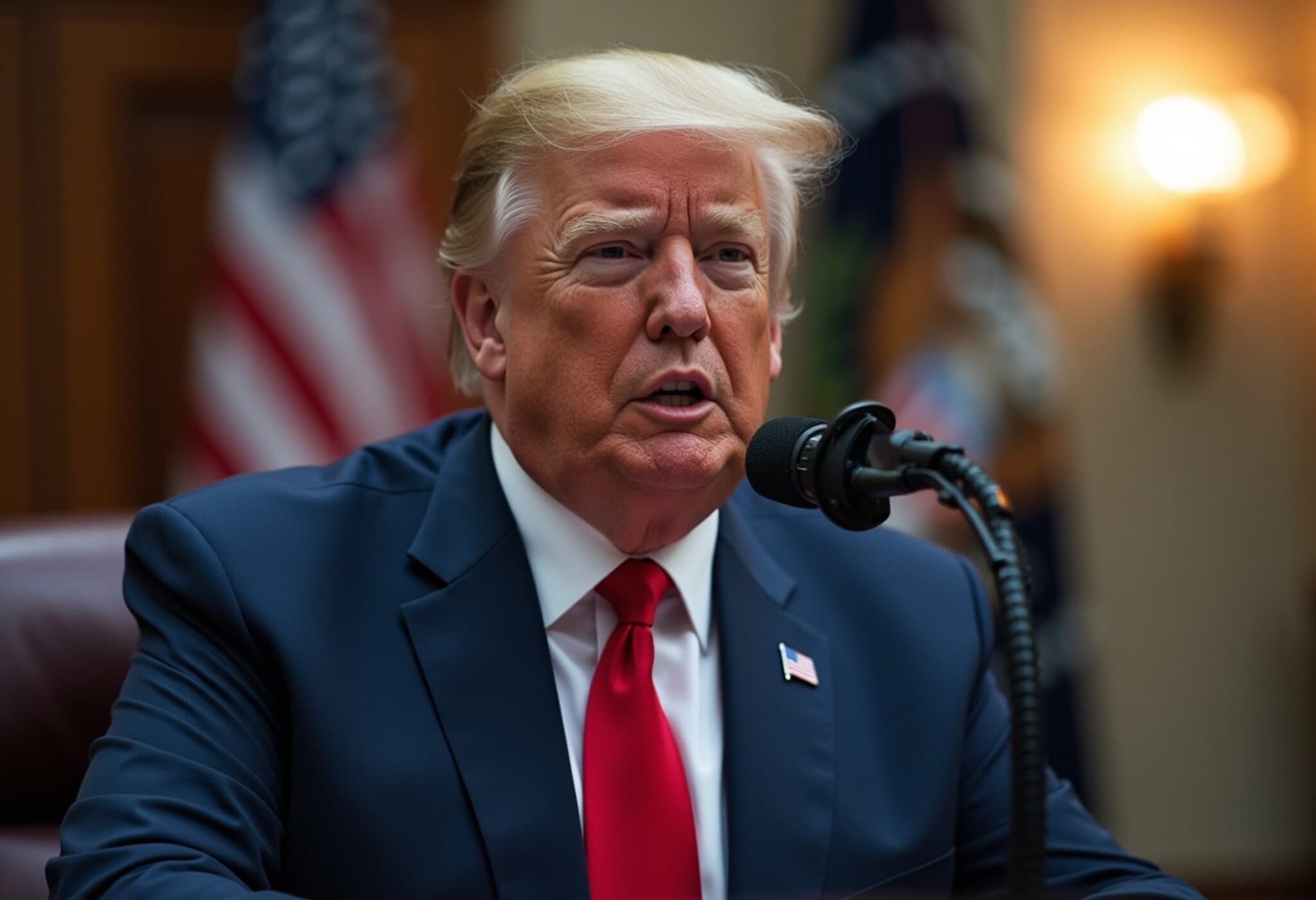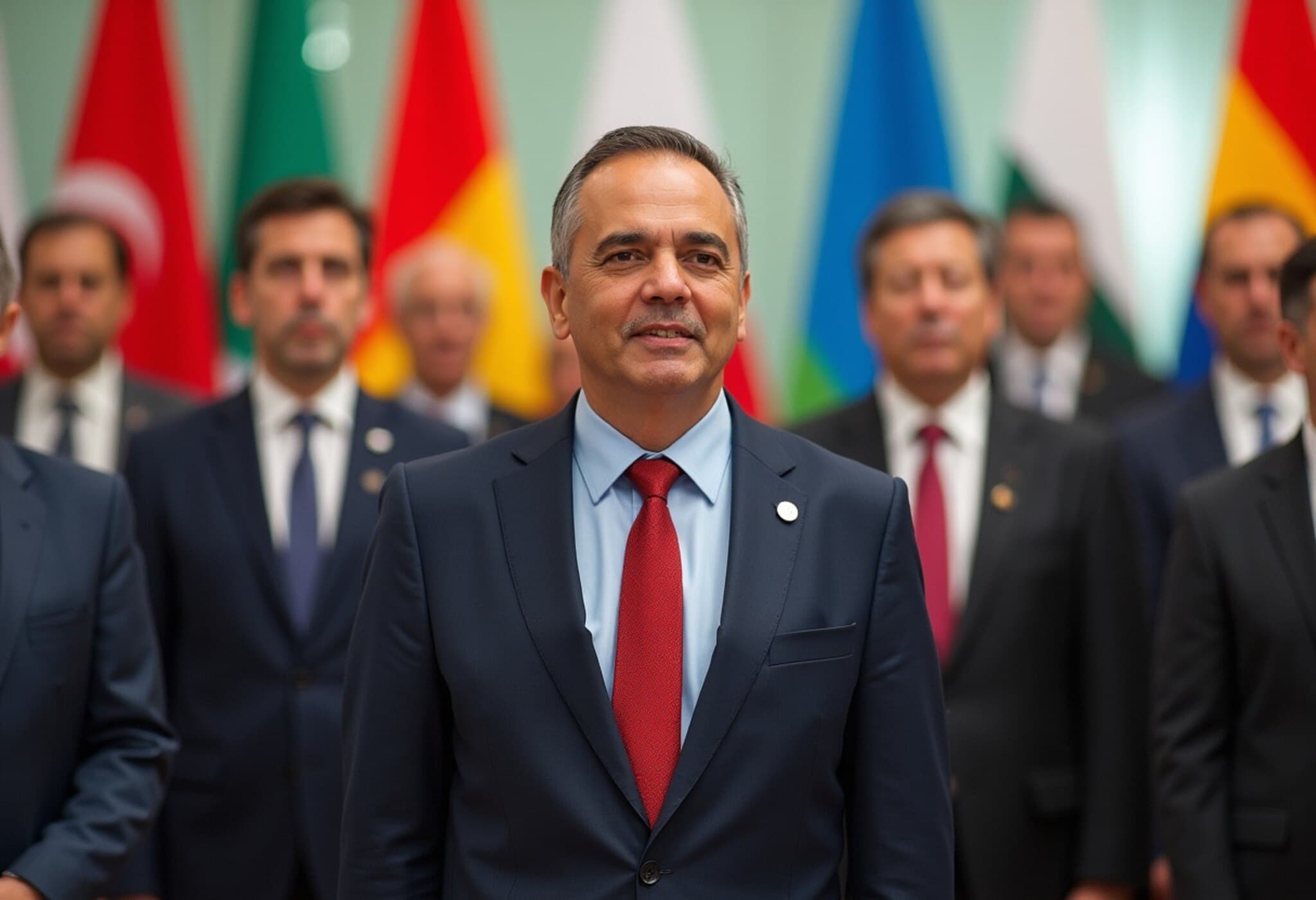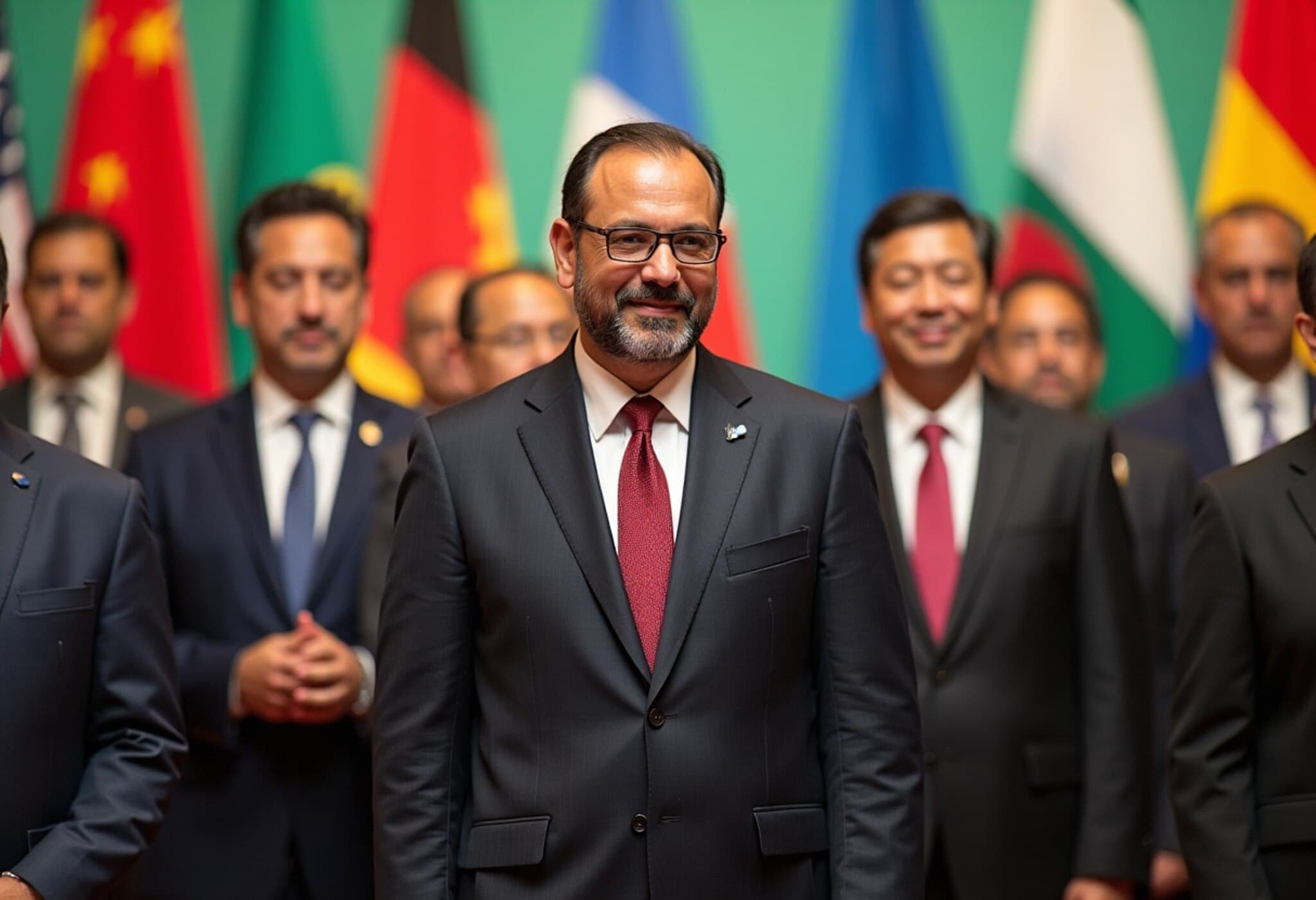India Under Growing Pressure to Finalize U.S. Trade Agreement as August Deadline Nears
With the August 1 deadline looming, India finds itself at a critical crossroads to secure a trade deal with the United States. Failure to finalize the agreement could trigger tariff hikes up to 26%, intensifying economic stakes for both countries.
Japan-U.S. Deal Adds Momentum to India Negotiations
The recent U.S.-Japan trade agreement, which successfully opened Japanese markets to American autos and agricultural exports, has escalated the urgency for India to reach terms. Much like Japan, India has historically guarded its agricultural sector fiercely, focusing on protecting its farmers — a vital and influential political constituency.
India’s Commerce and Industry Minister Piyush Goyal emphasized to CNBC, “We remain deeply committed to safeguarding farmers’ interests and the concerns of micro, small, and medium enterprises (MSMEs). These sectors are central to our economy and social stability.” This was evident as India maintained tariff protections on its most sensitive agricultural products in its newly finalized policy.
The U.K. Deal Sets a Precedent for India’s Firm Negotiation Stance
Earlier trade talks with the U.K. showcased India’s willingness to engage on its own terms, signaling to Western powers its resolve not to cede strategic ground easily. “The U.K. agreement set a tone for New Delhi’s trade posture,” noted Sameep Shastri, Vice Chairman of the BRICS Chamber of Commerce and Industry.
U.S. Interests Aligned: India as a Strategic Indo-Pacific Partner
From Washington’s perspective, finalizing a trade deal with India holds strategic significance beyond economics. Harsh V. Pant, Vice President of Studies and Foreign Policy at the Observer Research Foundation, explains, “The U.S. views India as a crucial partner to shape regional dynamics in the Indo-Pacific, offering a counterweight to China’s geopolitical influence.”
Manufacturing Shifts and Great Power Competition
The Trump administration’s emphasis on reshoring manufacturing from China to the U.S. has positioned India as a viable alternative hub in global supply chains. Economists see India fitting into a complementary role alongside the U.S., where technology-intensive production remains Stateside, while India provides cost-effective skilled labor.
Vishnu Varathan, Head of Economics and Strategy at Mizuho Bank, describes this as a "strategic compromise". “India can absorb certain manufacturing functions, easing U.S. dependence on China and reinforcing America's Indo-Pacific strategy, while diplomatically balancing its own complex relations.”
The Delicate Balancing Act within BRICS
India’s membership in BRICS—a coalition that includes economic heavyweights like China, Russia, and Brazil—adds layers of complexity. The bloc aims to challenge Western-led global financial structures and diminish U.S. dollar dominance.
President Trump’s warnings about BRICS’ ambitions, including potential alternatives to the dollar, put India in a tight spot. However, experts suggest India could leverage this by distinguishing itself from more confrontational BRICS members.
“India is uniquely positioned to act as a bridge,” says Pant. “By refusing to back certain BRICS policies, such as an alternative reserve currency, India can reassure the U.S. of its strategic alignment and improve its bargaining position.”
Internal Rivalries and Leadership Struggles
Within BRICS, China’s leadership ambitions increasingly clash with India’s rising influence. This rivalry may inadvertently bolster India’s value to the U.S. as a counterbalance within the group, adding strategic depth to trade negotiations.
India’s Diversified Trade Strategy: More Than Just a Backup Plan
While advancing talks with the U.S., India is simultaneously forging new agreements with the U.K., the Maldives, and the European Union among others. This multi-alignment strategy strengthens India’s hand by diversifying economic partnerships.
Sarang Shidore, Director of the Global South Program at the Quincy Institute, highlights this approach as part of India’s broader vision to champion multilateralism and the interests of the Global South, positioning itself as a rising power with multiple options in global trade.
This pragmatic diversification helps shield India from shocks due to tariff disputes with any single partner and ensures robust market access for its vast consumer base.
Looking Ahead: High Stakes and Strategic Diplomacy
As the August 1 tariff deadline nears, the unfolding trade negotiations between India and the U.S. carry implications far beyond bilateral commerce. They touch on the evolving power architectures of the twenty-first century, competing visions for global economic governance, and the delicate interplay of nationalism and pragmatism.
Key Takeaways
- India’s protective stance on agriculture reflects deep domestic political priorities.
- U.S.-India partnership is pivotal in countering China’s regional influence.
- BRICS membership provides India diplomatic flexibility but also internal rivalry.
- India’s multi-faceted trade deals serve as strategic leverage and economic security.
Editor’s Note
India’s push to secure a favorable trade deal with the U.S. encapsulates the tightrope walk many emerging economies face today: balancing national interests with global geopolitical currents. As India navigates domestic sensitivities, U.S. strategic imperatives, and BRICS dynamics, the outcome will signal more than trade success; it will exemplify how rising powers redefine global alliances in an era marked by economic nationalism and shifting power balances. Readers should watch closely not just the tariffs but the broader diplomatic choreography shaping our interconnected world.

